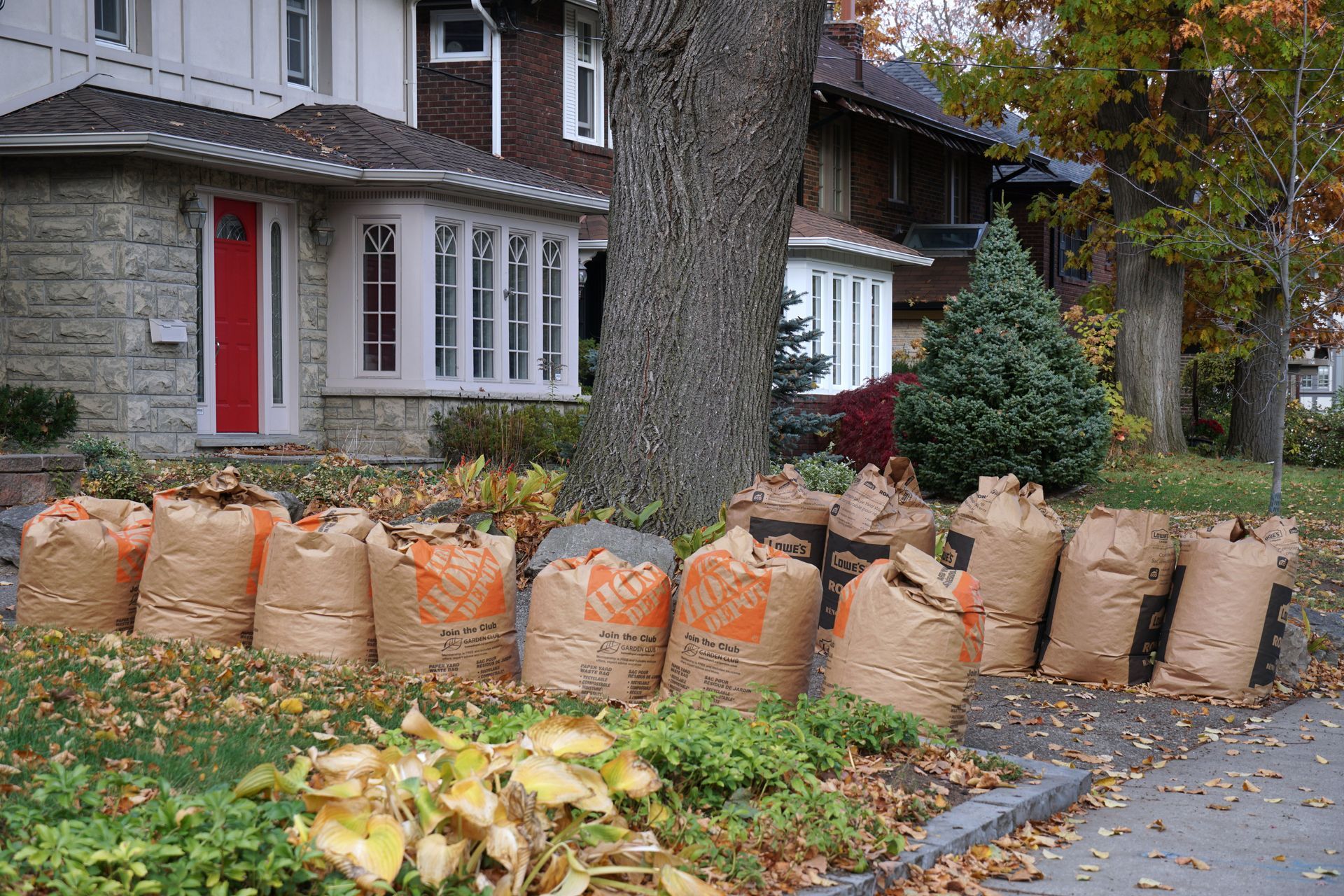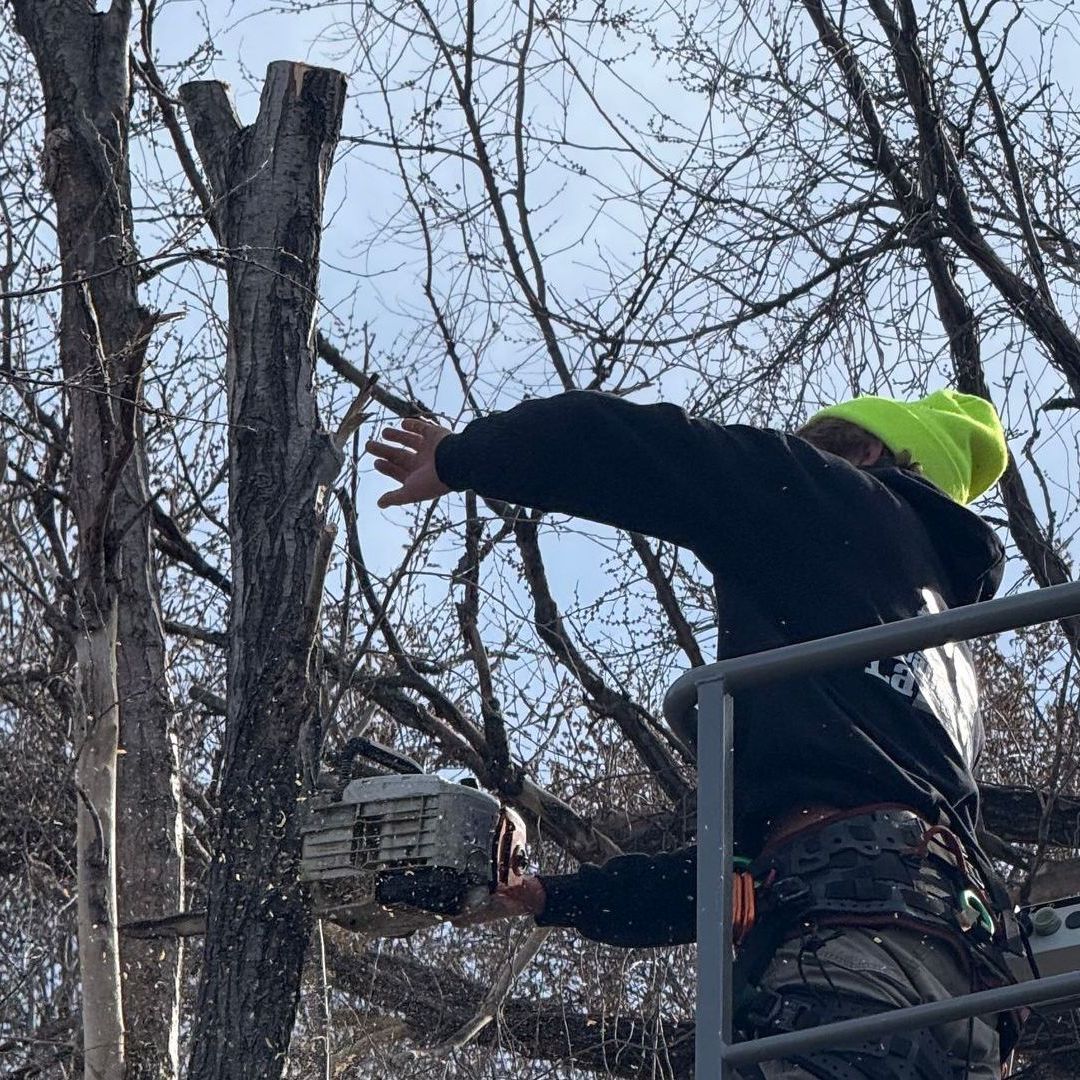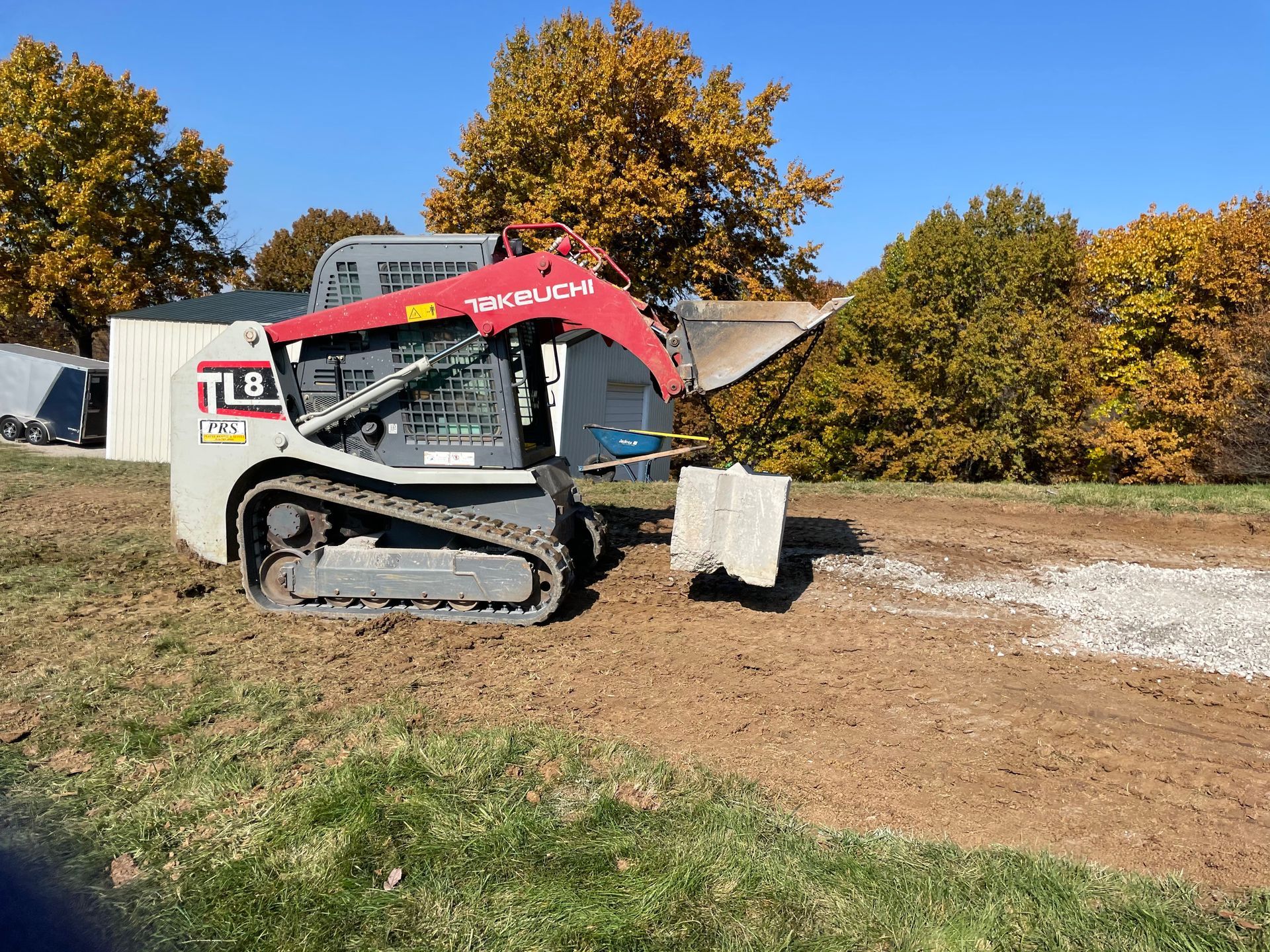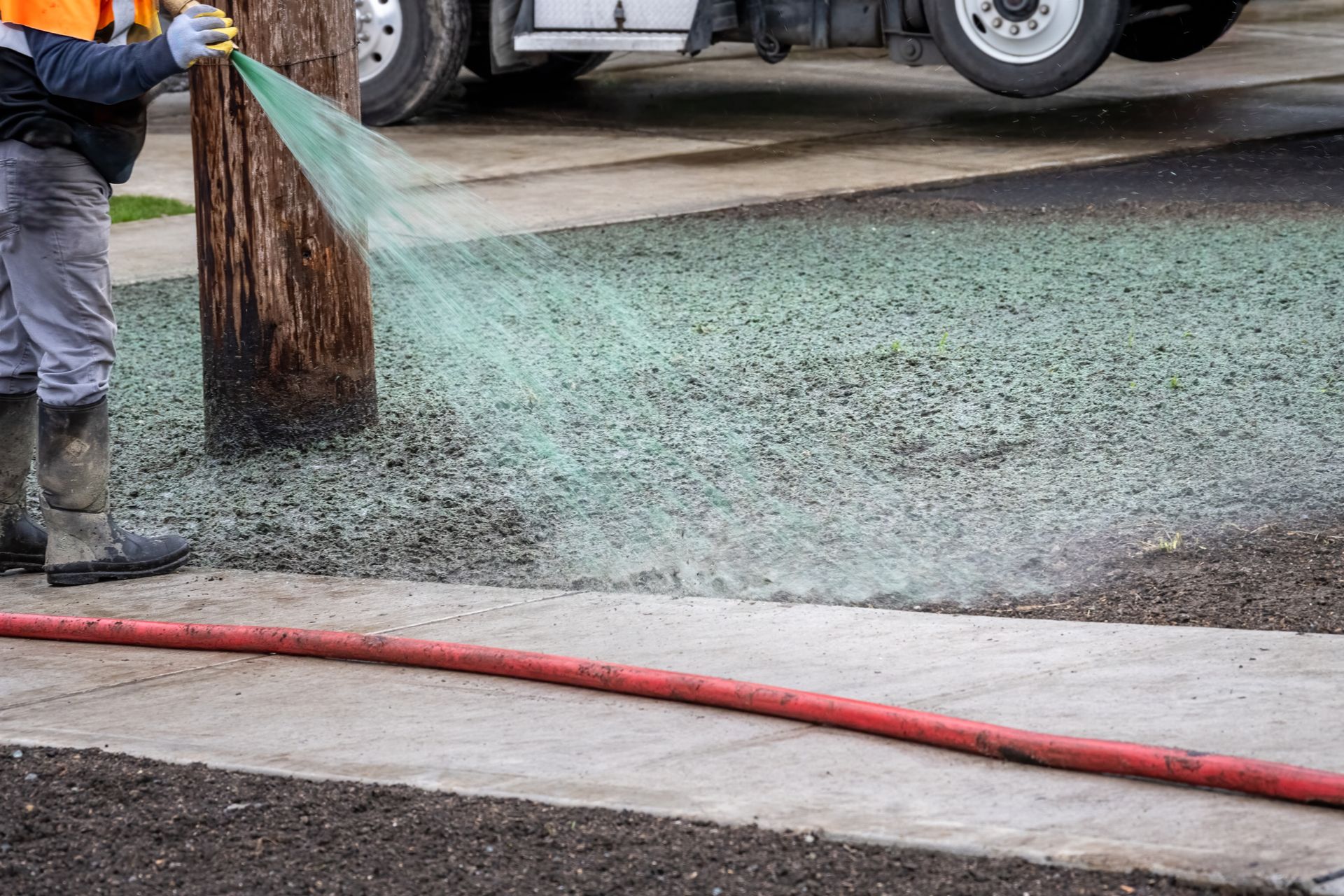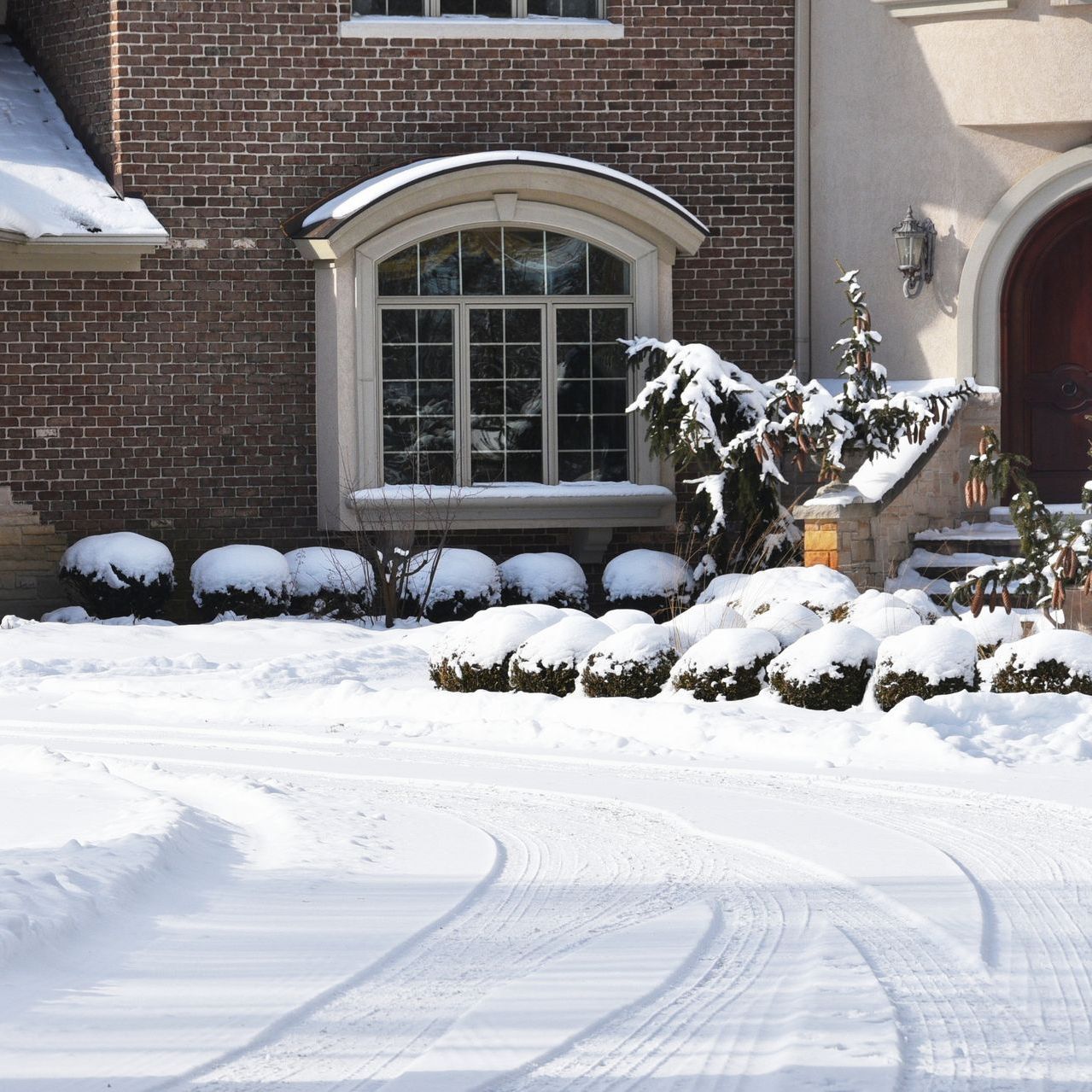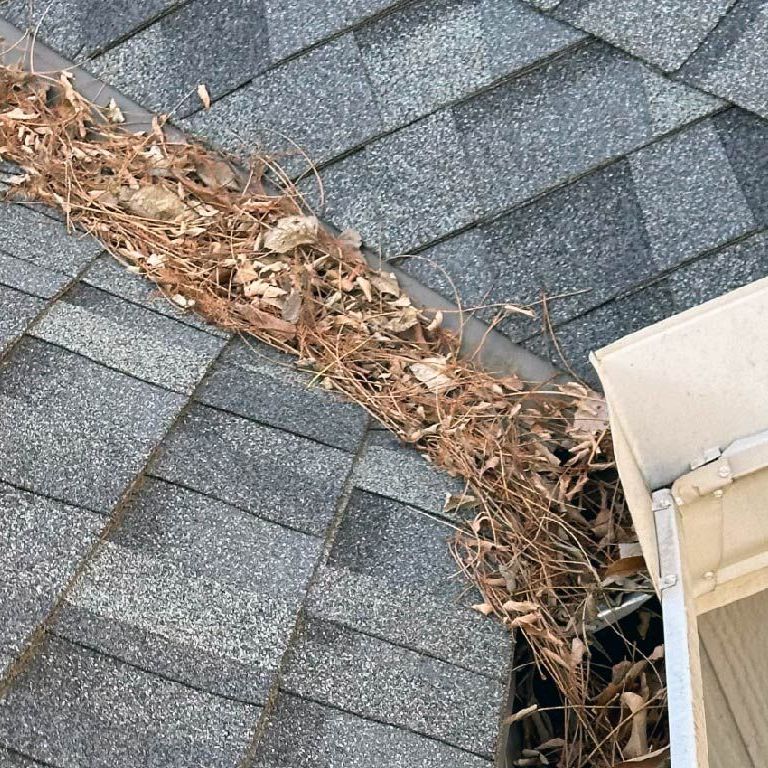Common Misconceptions About Winter Lawn Care
In Kansas City, we are feeling Winter right now more than we have this season! Usually during Winter, most homeowners tend to shift their focus from lawn care towards cozy indoor activities. With snow and freezing temperatures on the horizon, it's easy to assume that your lawn is no longer in need of attention. However, this common misconception can lead to serious damage and setbacks for your grass come springtime. In fact, winter lawn care is just as important as summer or fall maintenance, if not more so. In this informative blog post, we'll debunk some of the most common misconceptions about winter lawn care and provide insights into why tending to your yard in the colder months is vital for a healthy and beautiful landscape year-round.
Introduction to winter lawn care - why it's important and what misconceptions people have about it.
Many homeowners may believe that they can take a break from lawn care until spring. However, neglecting your lawn during the winter months can actually harm its overall health and appearance. One common misconception is that mowing the lawn shorter during the winter months will result in less maintenance. In reality, this can actually damage the grass and make it more susceptible to pests and diseases. Another common misconception is that watering is not necessary during the winter, but your lawn still needs hydration despite the cooler temperatures. Implementing proper winter lawn care techniques, such as adjusting your mowing height and watering schedule, can help your lawn thrive all year long.
Myth #1 - You don't need to care for your lawn in the winter because it's dormant.
Winter is often a time when homeowners can take a break from the constant upkeep of their lawn. It's tempting to think that since the grass is dormant, there's no need to worry about lawn care during this season. However, this is one of the biggest myths circulating about lawn maintenance. Just because your lawn appears inactive doesn't mean it's completely immobile. There are still processes occurring beneath the surface, and neglecting your lawn during the winter can lead to serious problems come springtime. To keep your lawn in top condition, it's important to properly care for it year-round, even during the winter months.
a. Explanation of what dormancy means for your lawn.
Dormancy is a term used to describe the natural process that certain types of grass go through during the winter months. As temperatures drop and sunlight decreases, grass enters a state of rest and conserves energy for the coming spring. During this time, a lawn may appear brown or yellow and may not require as much maintenance as during the growing season. It's important to note that while your lawn may not be actively growing, it is still alive and should not be neglected altogether. A dormant lawn still needs occasional watering and proper upkeep to ensure a healthy regrowth in the spring. Understanding this concept can help you better care for your lawn throughout the year and give you a better idea of what to expect during the winter months.
b. Importance of preparing your lawn for spring growth.
As the winter season comes to an end, it's time to start thinking about preparing your lawn for spring growth. Proper lawn care during this time is crucial for the overall health and appearance of your lawn. By taking the time to remove any debris, such as fallen leaves and branches, you can prevent the growth of weeds and other unwanted plants. Aeration is also necessary at this time, which allows air, water, and nutrients to penetrate the soil and promote healthy root growth. Fertilizing your lawn in the spring can also provide the necessary nutrients to support strong root growth, resulting in a lush and vibrant lawn. Preparing your lawn for spring may require some effort, but the final result is definitely worth it.
Myth #2 - Fertilizing in the winter will harm your lawn.
One common myth that circulates during this time is that fertilizing your lawn in the winter will actually harm it. However, this couldn't be further from the truth. Fertilizing during the winter is actually quite beneficial for your lawn's overall health. While growth may slow down during this time, the nutrients from the fertilizer will still help nourish the root system and give your grass a head start when spring rolls around. Just make sure to use a slow-release fertilizer that won't leach into the snow or waterways. So don't worry about harming your lawn – give it some extra love by fertilizing during the winter months.
a. Explanation of the different types of fertilizers and their effects on the lawn.
Maintaining a lush green lawn can be a challenging task, especially if you're not familiar with different types of fertilizers and their effects. Fertilizers are a key component of lawn care and work to provide plants with the necessary nutrients required for proper growth. There are various types of fertilizers available in the market, including organic and synthetic fertilizers. While both serve the same purpose of providing nutrients, organic fertilizers offer a longer-lasting effect compared to synthetic fertilizers. Similarly, liquid fertilizers tend to offer a quick boost of nutrients, but it washes away easily in rain or irrigation. Overall, understanding the different types of fertilizers and their effects can help you choose the best one for your lawn.
b. Benefits of fertilizing in the winter, including strong root growth and weed prevention.
Fertilizing during this season can provide many benefits that can prove useful come springtime. One of the significant benefits of fertilizing during winter is that it promotes robust root growth in plants. The nutrients from the fertilizer are absorbed by the roots, strengthening them and preparing them for the upcoming growing season. Additionally, fertilizing in winter can prevent the growth of weeds, which are notorious for choking out nutrients from other plants. By keeping weeds at bay and nourishing the plants, your garden or lawn is sure to thrive when spring arrives. So, don't hesitate to fertilize this winter and give your plants a head start for the upcoming season.
Myth #3 - Watering your lawn in the winter is unnecessary.
Many people believe that watering their lawn is a task reserved for the warmer months only. However, this is a common myth. While it may be true that your lawn requires less water during the winter, it does still need hydration. Neglecting to water your lawn in the winter can lead to dryness and damage, especially in areas where winter months are particularly dry. It's important to continue to water your lawn during the winter, but be sure to adjust the frequency and amount of water accordingly. By doing so, you'll help ensure that your lawn remains healthy and nourished year-round.
a. Explanation of how lack of water can damage your lawn during winter months.
During the winter months, it's important to be mindful of how lack of water can negatively affect your lawn. While it may seem counterintuitive to focus on watering your lawn during the colder months, your grass still needs hydration to survive. Without adequate water, your grass will become stressed and unable to withstand harsh winter conditions. This can lead to browning and even death of your lawn. Additionally, compromised grass can lead to soil erosion and increased susceptibility to disease. Remember to water your lawn periodically throughout the winter to ensure its health and vitality come springtime.
b. Tips for proper watering in the winter, including using a rain gauge and avoiding over-watering.
Winter can be a tricky time for gardeners when it comes to watering. With freezing temperatures and less sunlight, it can be easy to over-water or under-water your plants and cause them harm. That's why following proper watering tips is crucial during this season. One essential tip is to use a rain gauge to measure the amount of rain your plants receive, as this can help you determine if and when you need to water them. Additionally, it's important to avoid over-watering, as too much moisture can lead to root rot and other fungal diseases. By following these simple tips, you can help keep your plants healthy and thriving throughout the winter months.
Myth #4 - Mowing in the winter is a waste of time.
If you've heard the myth that mowing your lawn in the winter is a waste of time, it's time to debunk it. While grass may grow more slowly during the colder months, it's still important to keep up with regular maintenance, including mowing. Leaving your lawn too long can lead to a buildup of debris, which can attract pests and invite disease. Additionally, cutting the grass shorter in the winter can help prevent matting and avoid damage from winter weather. So don't let this myth hold you back from keeping your lawn healthy and looking its best all year round.
a. Explanation of why mowing is still necessary, albeit less frequently, during winter months.
Although the weather may be colder and the grass doesn't seem to grow as fast, it is still important to continue mowing your lawn during the winter months. While mowing less frequently is understandable, completely neglecting your yard can lead to a number of issues. For instance, tall or overgrown grass can create a haven for rodents and insects looking for a winter home. Additionally, snow mold, a fungal lawn disease that develops under matted grass and leaves, can quickly take root in an unattended lawn. Regular mowing during winter can also help ensure that come spring, your lawn will look healthy and well-maintained. So while it may not be top of mind, make sure to add "raking up leaves" and "mowing the lawn" to your winter checklist.
b. Proper mowing techniques for maintaining a healthy lawn in the winter.
Maintaining a healthy lawn is essential for a beautiful home exterior. Even in the winter, proper mowing techniques can help keep your lawn healthy. During colder months, it's important to adjust your mowing practices to suit the weather conditions. To begin, raise your mower's blades to help avoid cutting grass too short, which can cause damage. Additionally, be sure to regularly remove any debris from your lawn, such as fallen leaves or branches, to prevent suffocation of the grass. Proper mowing techniques during the winter can greatly impact the overall health of your lawn, ensuring a beautiful and vibrant yard in the warmer months to come.
Conclusion - Recap of debunked myths and importance of proper winter lawn care.
As the winter season comes to a close, it's important to take a moment to recap the myths that have been debunked regarding winter lawn care. Contrary to popular belief, leaving fallen leaves on your lawn will not insulate it from the cold. In fact, it can actually harm the grass beneath. Proper winter lawn care involves clearing away fallen leaves, aerating the soil, and fertilizing with winter-specific blends. Why is this important? A healthy lawn in the winter months means a healthier lawn come spring. By taking the necessary steps to care for your lawn in the winter, you're setting it up for success in the months to come. So, as we say goodbye to winter, let's bid adieu to the misconceptions and embrace the proper lawn care techniques that will yield a vibrant, thriving lawn year-round.
Recommended resources for further reading on winter lawn care.
Winter lawn care is a crucial aspect of maintaining a healthy lawn year-round. If you're looking to expand your knowledge on the subject, there are several recommended resources for further reading. One great option is the book "The Organic Lawn Care Manual" by Paul Tukey, which offers comprehensive guidance on maintaining a healthy lawn organically throughout the winter months. Another useful resource is our website and blog articles below, which provide expert advice on lawn care and other landscaping best practices. No matter which resource you choose, taking the time to educate yourself on winter lawn care will ultimately lead to a lusher, healthier lawn come springtime, and of course you can call us anytime at (816) 516-2633.
